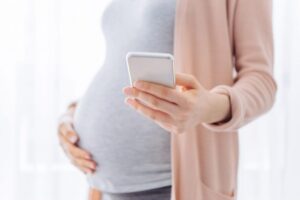Worth the Wait?
Article contributed by:
Shweta Nayak, MD
Reproductive Medicine Institute, a participating WINFertility Provider NetworkAs much as things change studies of primordial egg counts on histologic specimens of humans have shown not only does the primordial pool get smaller with age, but when modeling algorithms are applied, the decline in a woman’s eggs appears to be biexponential with the count decreasing as early as the early thirties and more rapidly after 37 (Hamish 2010).Beyond bench data, clinical research also corroborates this. Data from donor insemination studies are helpful to evaluate the independent effect of maternal age on treatment outcome since women enrolled are less likely to have other fertility issues. At least 3 large donor insemination studies have shown that (1) conception rates are highest in younger women (<30) (2) more treatment cycles are required per conception in women >35 and (3) after 30, the chance for live birth falls by about 3.5% per year (Schwartz 1982, Virro 1984, Shenfield 1993).National data for IVF outcomes also clearly depicts that chance for treatment success declines with increasing age, and this decline can be seen in the late 30’s (CDC SART 2012). Putting everything together, it is clear that the single most important determining factor for future live birth following is maternal age.
Suggested for you
Subscribe to stay in the loop
Our newsletter delivers expert insights, practical benefit strategies, heart warming member
moments, and the latest in fertility and family-building news straight to your inbox.



